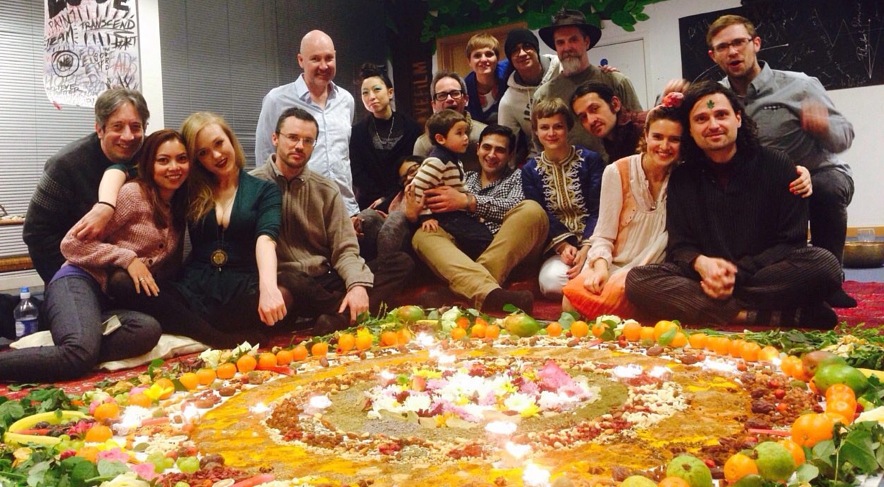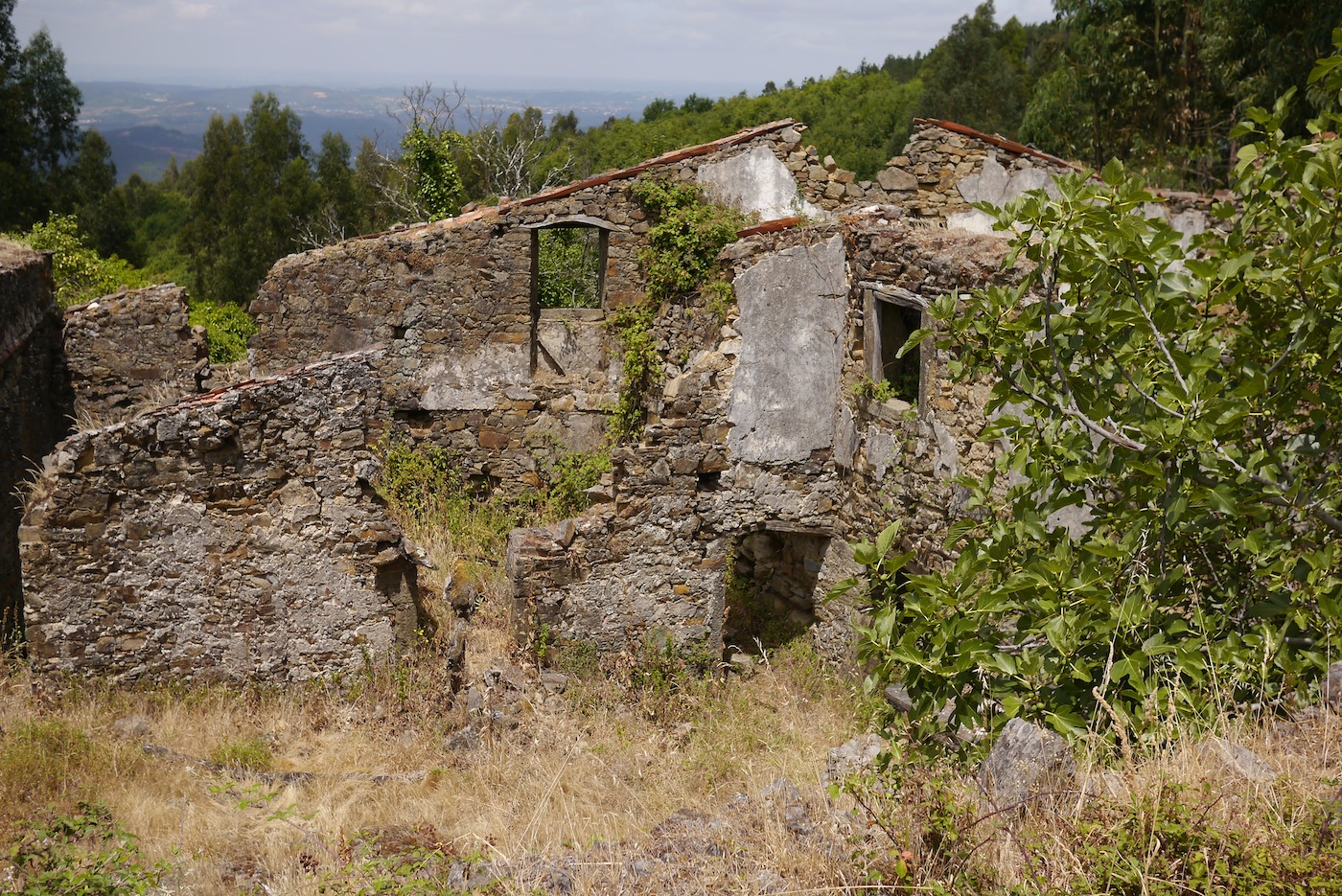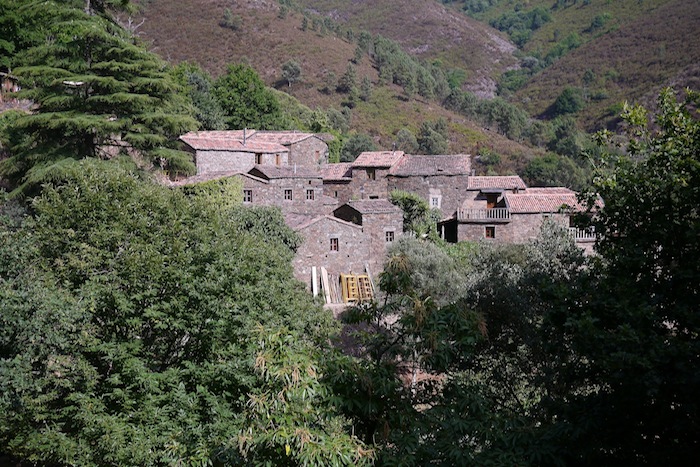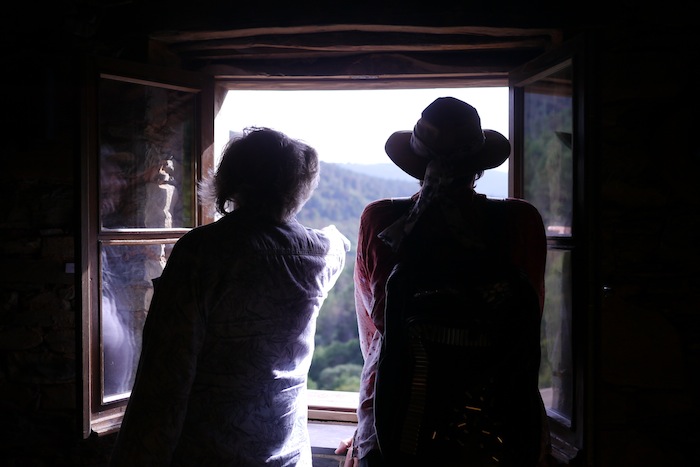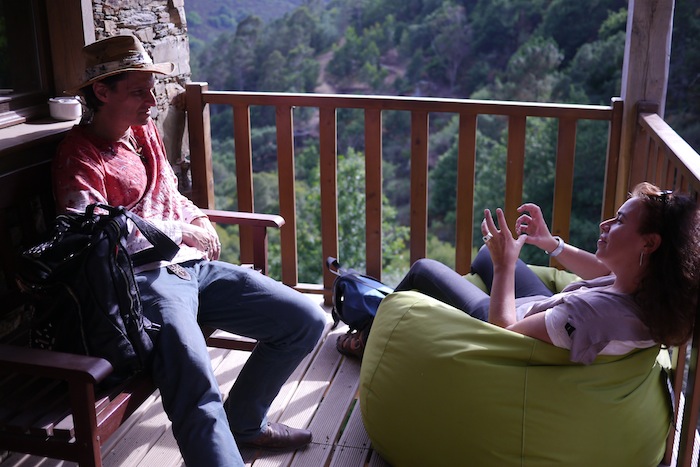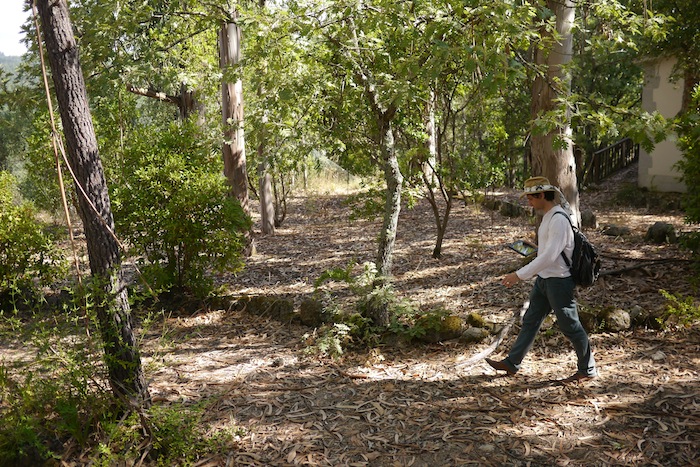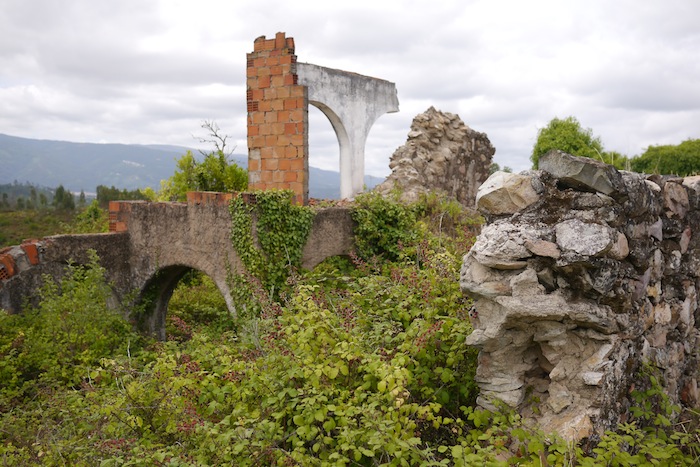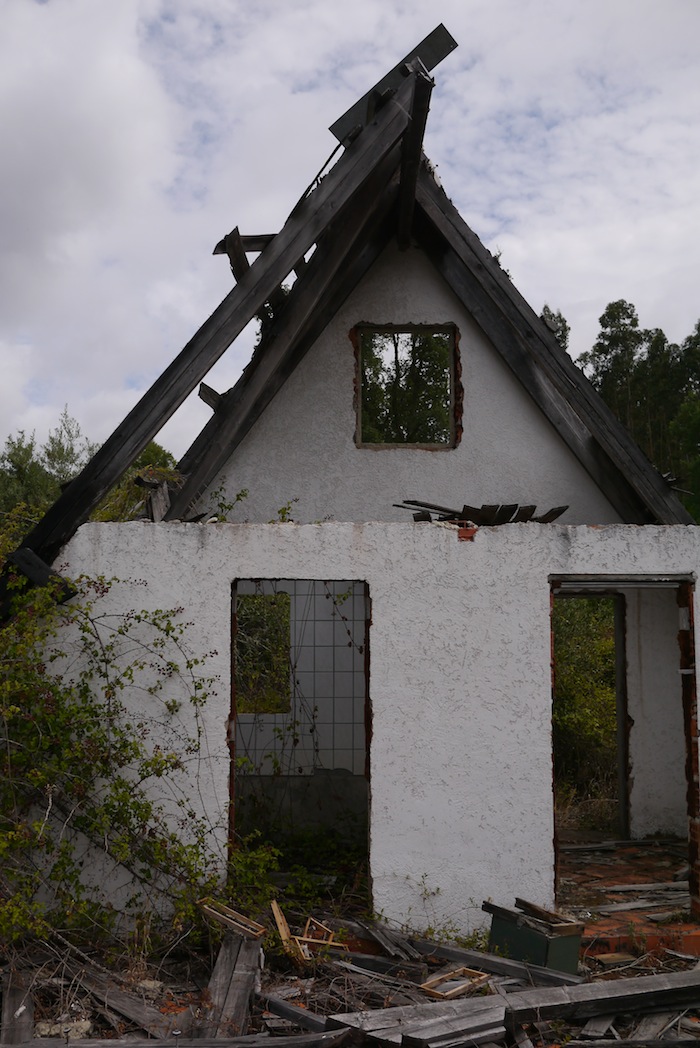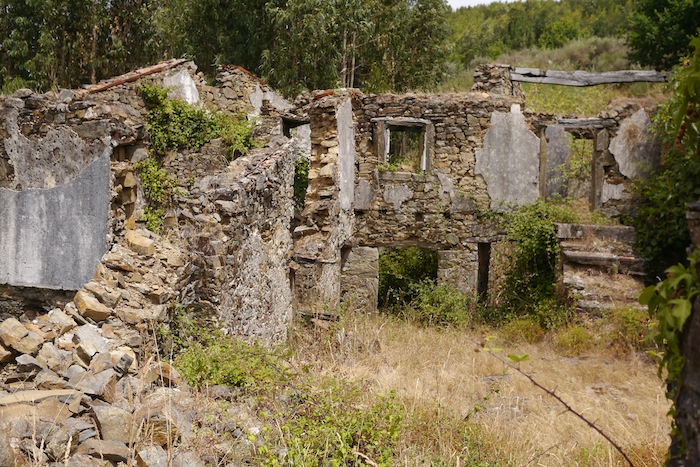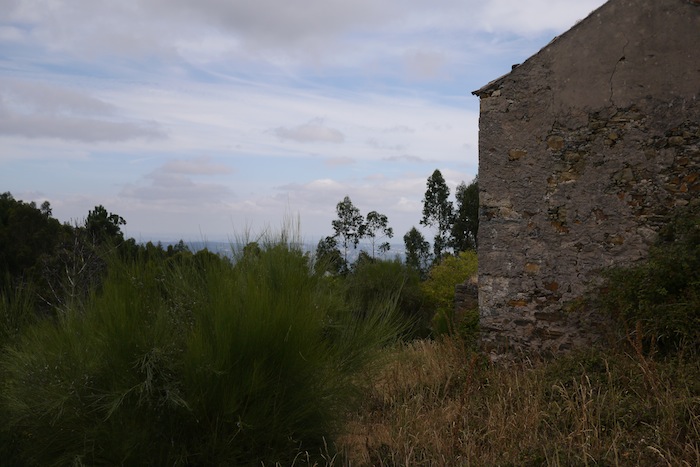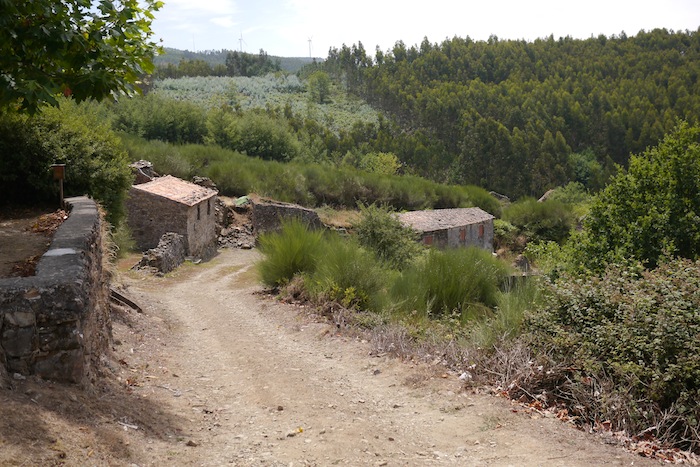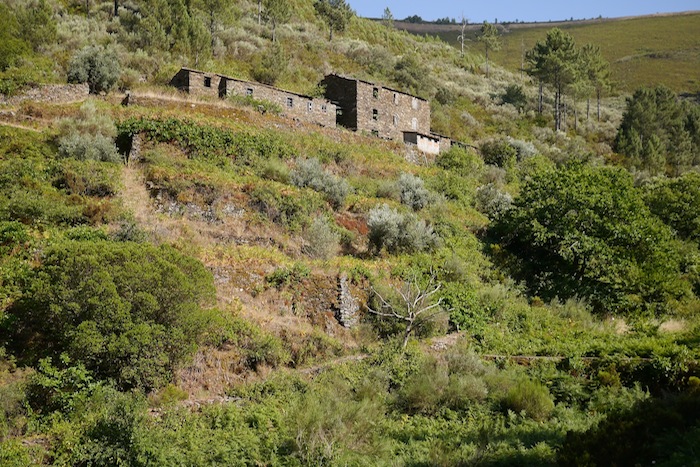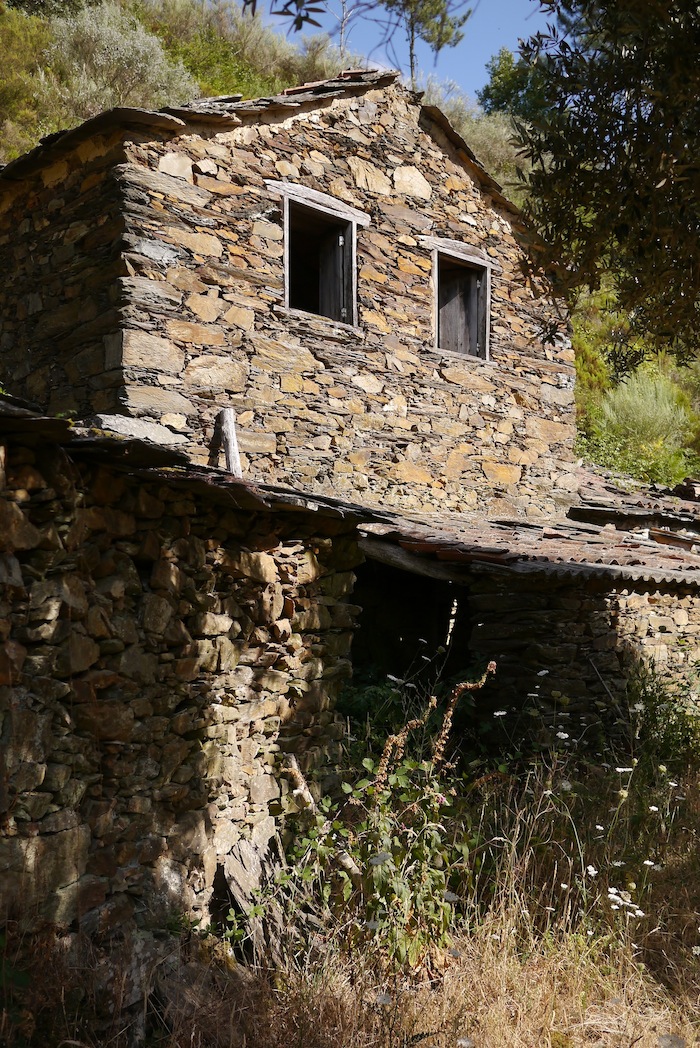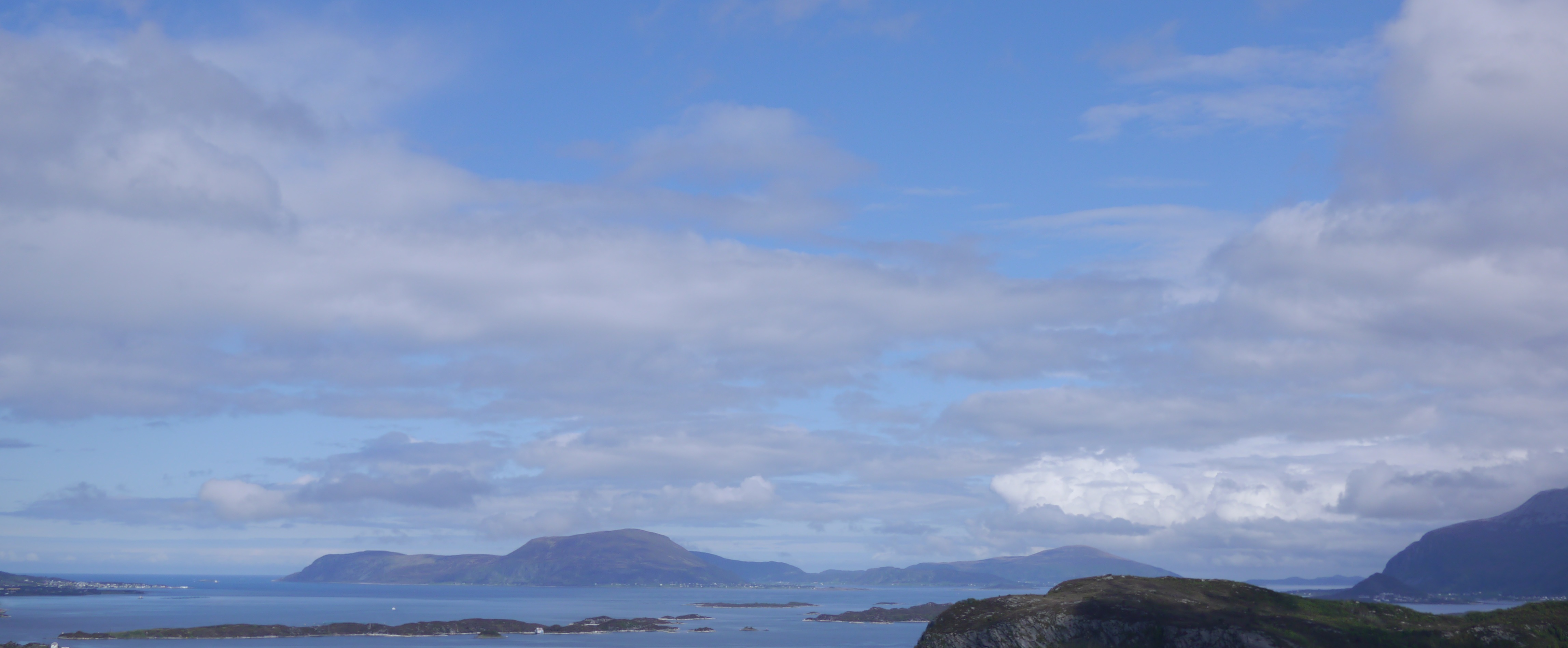[vc_row content_placement=”middle”][vc_column width=”1/2″ offset=”vc_col-lg-offset-3 vc_col-lg-6 vc_col-md-offset-3 vc_col-md-6 vc_col-xs-12″][vc_column_text]
Celebration brings the community together creating a shared experience, a time out of the ordinary. In the modern world too many of life’s celebrations have been eaten up by consumerism and other forces for their own ends. In order to create pure celebrations again I believe we have to create new rituals. We have to invent new ways of joining together in ceremony to recognize the important moments in life, to observe the cycle of existence. In this spirit we created the Mandala of Gratitude celebration. A chance for Evgenia & I to say thank you for our first year of marriage, a chance to say thank you for our friends for supporting us through this time and the chance to create a moment where our community can gather and reflect on what each of us is grateful for. Gratitude joins the cores of most religions and the latest research on human happiness clearly points towards it being at the core of a happy life. Taking inspiration from history and all we have seen in our lives we created a modern but timeless ceremony, welcoming to all irrespective of religious affiliation or spiritual belief.
All participants brought offerings to the mandala, the mandala remixed everyone’s contribution and everyone took back home a bottle of mandala spices and a bottle of mandala herbs.
The experience was enjoyable and even moving showing that the need for ceremony, for participating in rituals which take us out of the ordinary is a fundamental need in all of us.
_- Victor_
togetherness… the creation of beauty with what nature offers us… the importance of everyone’s contribution… important as a simple moment of communion, reinforcing a profound sense of belonging.
_- Roberto and Judith_
Making a mandala together is a sacred communion. Mandala serves as a microcosm of the ideal community life, creating beauty and harmony through sharing and exchange. Virtuous value system is most important to nourish in the community space. The forces of creating and destroying in mandala making, re-establishes one’s important life values, accepting the transience and giving gratitude to what was and what is, and learning to live in the present with peace and harmony.
_- Kira Zhi_
It is a beautiful experience to plan and create something that did not exist before, see it grow and then dissolve. This experience could only happen out of many voices, hands and hearts coming together and contributing equally to the physical construction of the Mandala but also offering their wishes and gratitudes at the ceremony. We believe that such mandalas have been used since times immemorial during celebrations in traditional communities and they are still preserved in many traditions of the World. They can have many forms and their meanings can vary but we have decided to create it living and edible, with everyone contributing and everyone taking a part. We will hold a Mandala ceremony every year, with new variations, to celebrate community life.
_- Evgenia_
[/vc_column_text][/vc_column][/vc_row]
